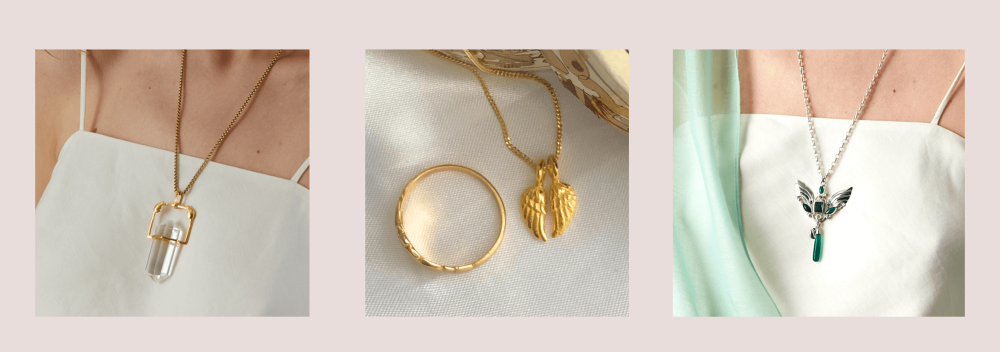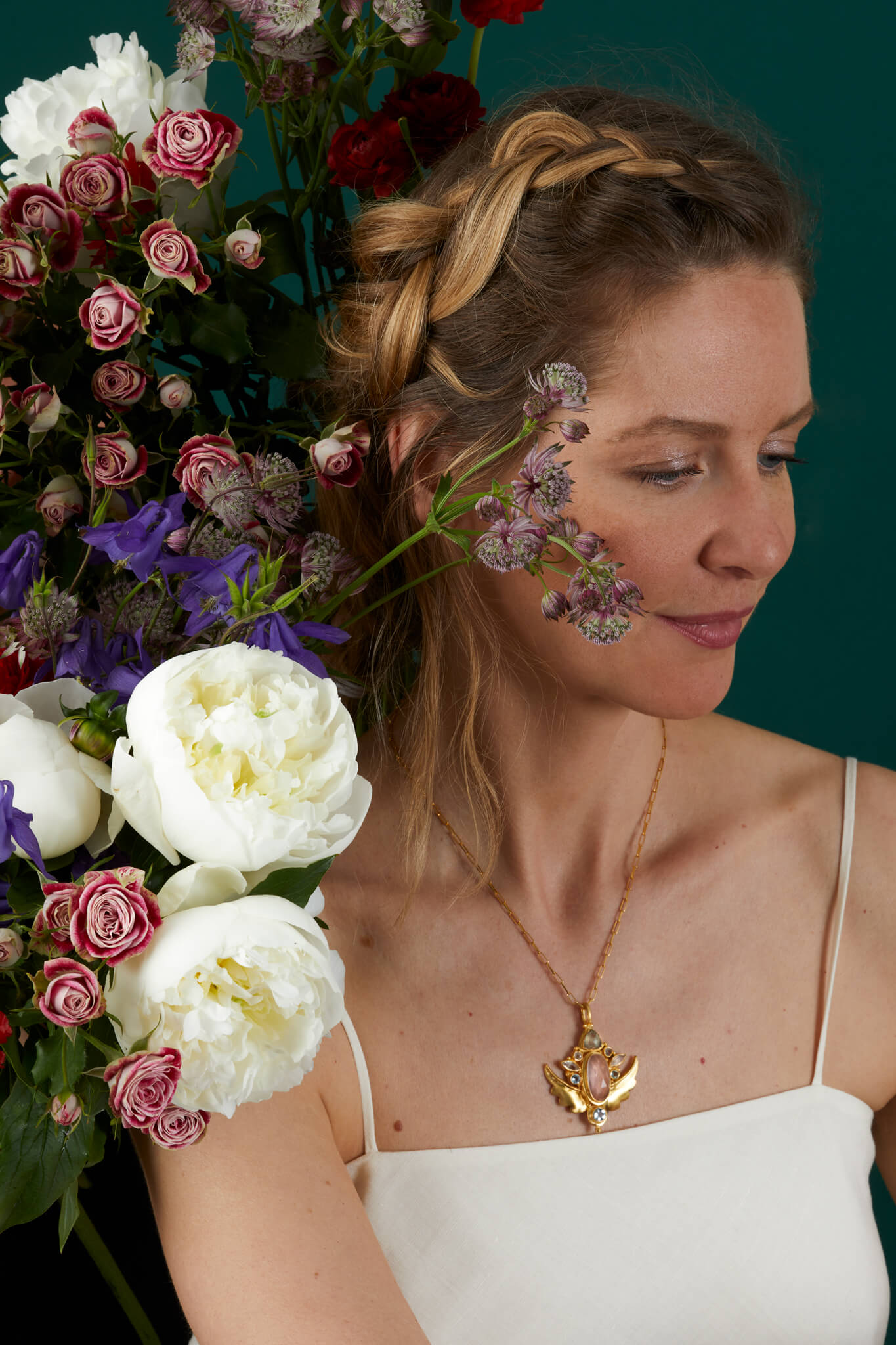
Why We Sometimes Refer to Our Jewellery As Angel Amulets And Talismans.
Well the official definition of Amulet/Talisman is: An object endowed with special powers to protect or bring good fortune. But here at Angel Jewellery we don’t make any claims like this about our jewellery, we simply believe that angels are, in essence, a universal symbol of love and light. We have confidence our customers will imbue their angel pendant with whatever meaning they wish, after all, it’s entirely personal.
Our angel jewellery has a lovely energy and that’s what matters most to us. We do this by making sure that the components are genuine and the production line is in keeping with fair and honest trade. This in itself provides strength, comfort and meaning, and why customers say our pieces possess inherent and important spiritual energy, which is almost exactly the definition of an amulet or talisman.
Amulets And Talismans Throughout History.
These magical objects have captured the human imagination for millennia, weaving through the fabric of ancient rituals, folklore, and personal beliefs. Both are often seen as sources of protection, luck, and power, yet they have subtle differences that make each unique and fascinating in its own right.
The Difference Between An Amulet And A Talisman
An amulet is an object believed to have the power to protect its owner from harm, evil, or illness. Think of it as a supernatural shield. These can be anything from a gemstone, a piece of jewelry, or a carved figure, imbued with protective qualities. On the other hand, a talisman is an object thought to bring good luck or possess magical properties. Unlike the purely protective amulet, a talisman is more of a good luck charm, intended to attract positive energy and fortune to its bearer.
The use of these mystical objects dates back to the dawn of civilization. The first recorded use of amulets can be traced to ancient Mesopotamia around 3000 BCE. People in this cradle of civilization wore amulets made from semi-precious stones, engraved with symbols and inscriptions believed to ward off evil spirits and bring protection. These early amulets were often shaped like animals or deities, channeling the protective qualities of the beings they represented.
One of the earliest known talismans comes from ancient Egypt, where the scarab beetle was a powerful symbol of regeneration and transformation. The Egyptians crafted scarab-shaped talismans out of stone and precious metals, placing them in tombs to ensure the deceased’s safe passage to the afterlife. They believed that these talismans could harness the life-giving energy of the sun god Ra, offering not only protection but also a guarantee of rebirth and eternal life.
Fast forward to ancient Greece and Rome, where both amulets and talismans became integral parts of daily life. The Greeks used amulets in the form of engraved gemstones called “intaglios,” which were believed to possess divine powers. These were often inscribed with images of gods, animals, or magical symbols. Romans, on the other hand, loved their phallic amulets known as “fascina,” which they believed warded off the “evil eye” and brought fertility and good fortune.
The medieval period saw a fusion of different cultural beliefs about amulets and talismans. Christian, Jewish, and Islamic traditions all embraced the use of these objects, often inscribing them with holy texts or religious symbols. The belief in the power of words was particularly strong; a piece of parchment with a holy verse could be as powerful as a gemstone amulet.
Angel Necklaces, Pendants And Charms Today
Today, the allure of amulets and talismans continues unabated. From a lucky clover leaf to an angel charm bracelet, these objects find a place in modern life, bridging the ancient and the contemporary. The fascination lies not only in their perceived properties but also in their ability to connect us to a shared human history, rich with stories of faith, hope, and the timeless quest for protection and good fortune.
In essence, our beautiful angel amulets and talismans are more than just objects; they are symbols of the enduring human spirit, our universal desire to feel safe, lucky, and connected to something greater than ourselves. Whether you wear a lucky charm, carry a protective stone, or simply find comfort in the idea, the allure of these objects remind us of the magic that has always been a part of our journey through life.



